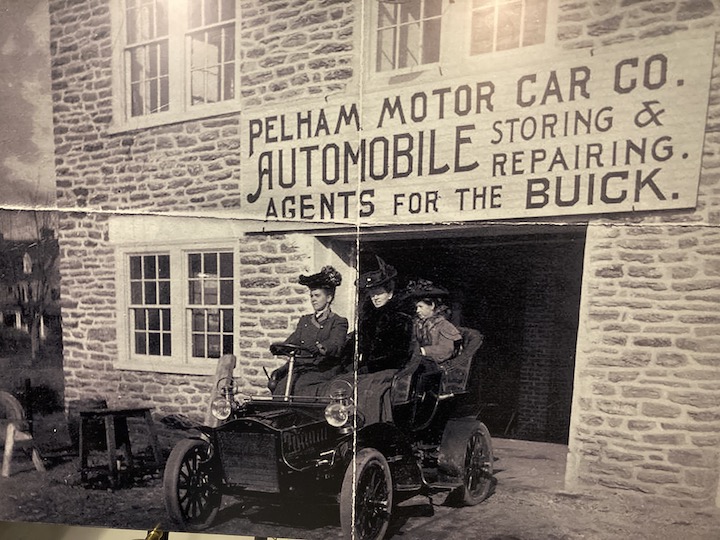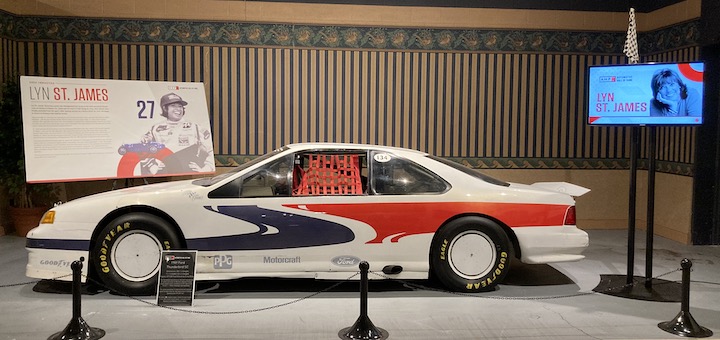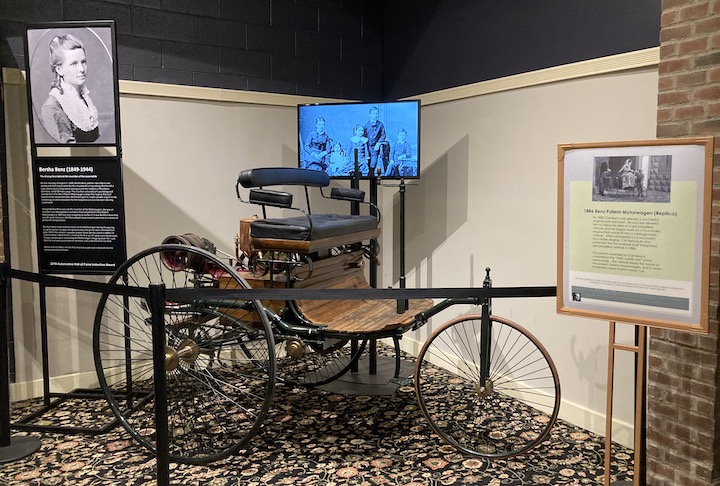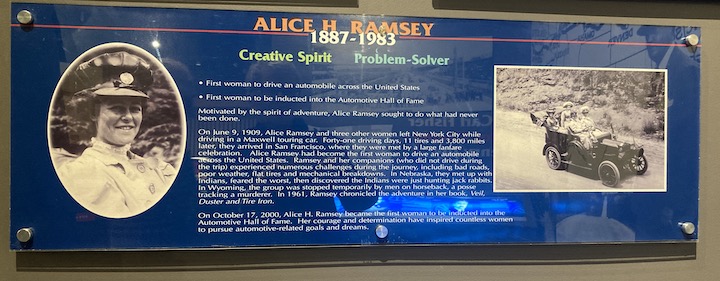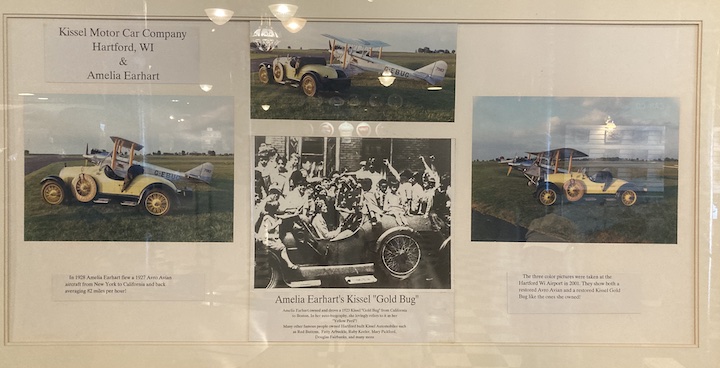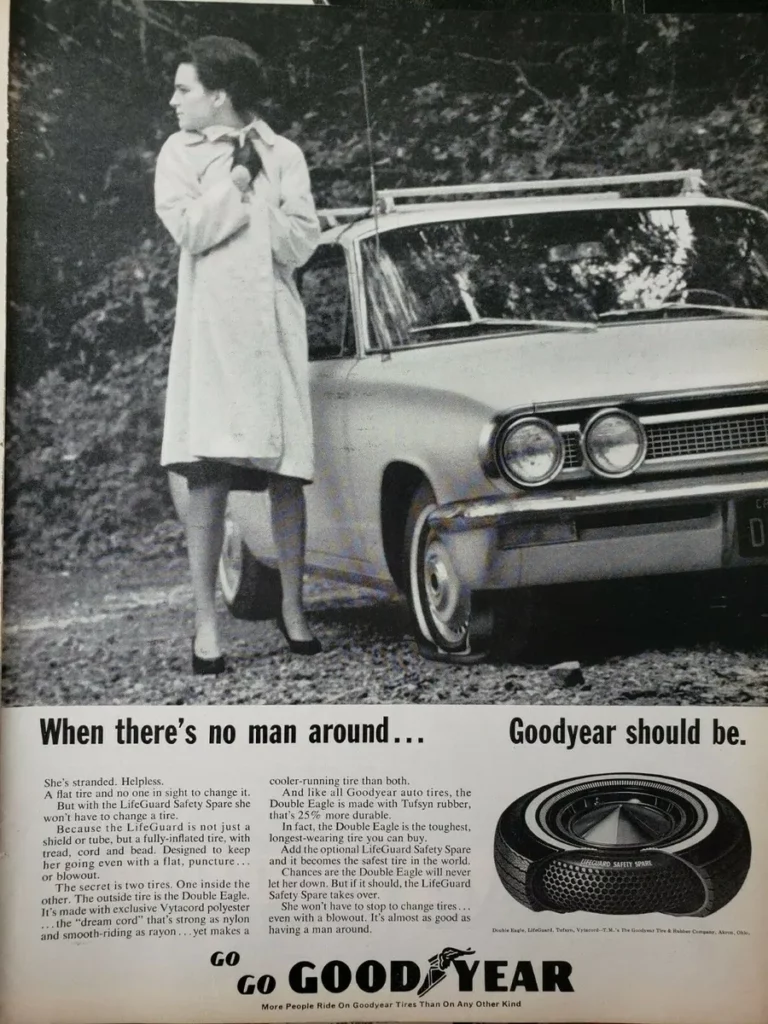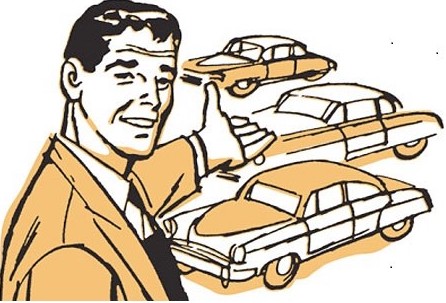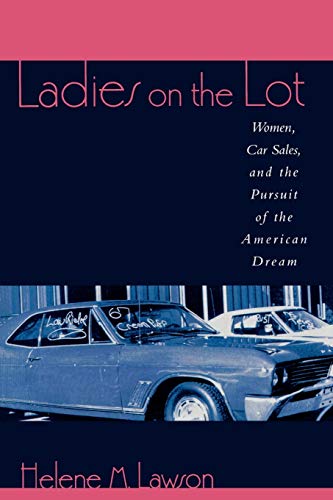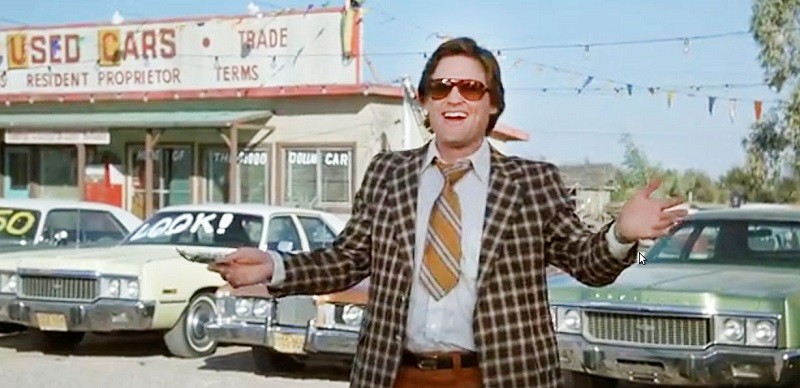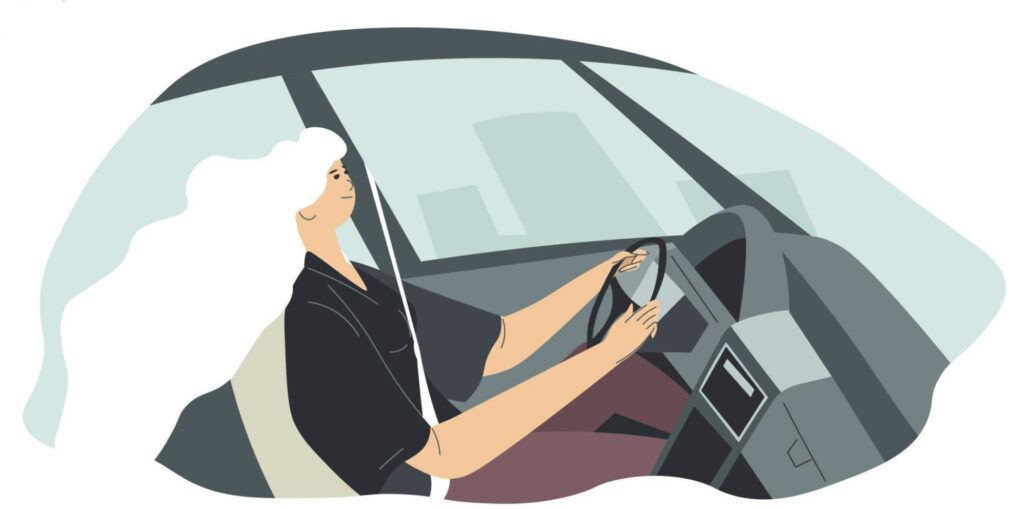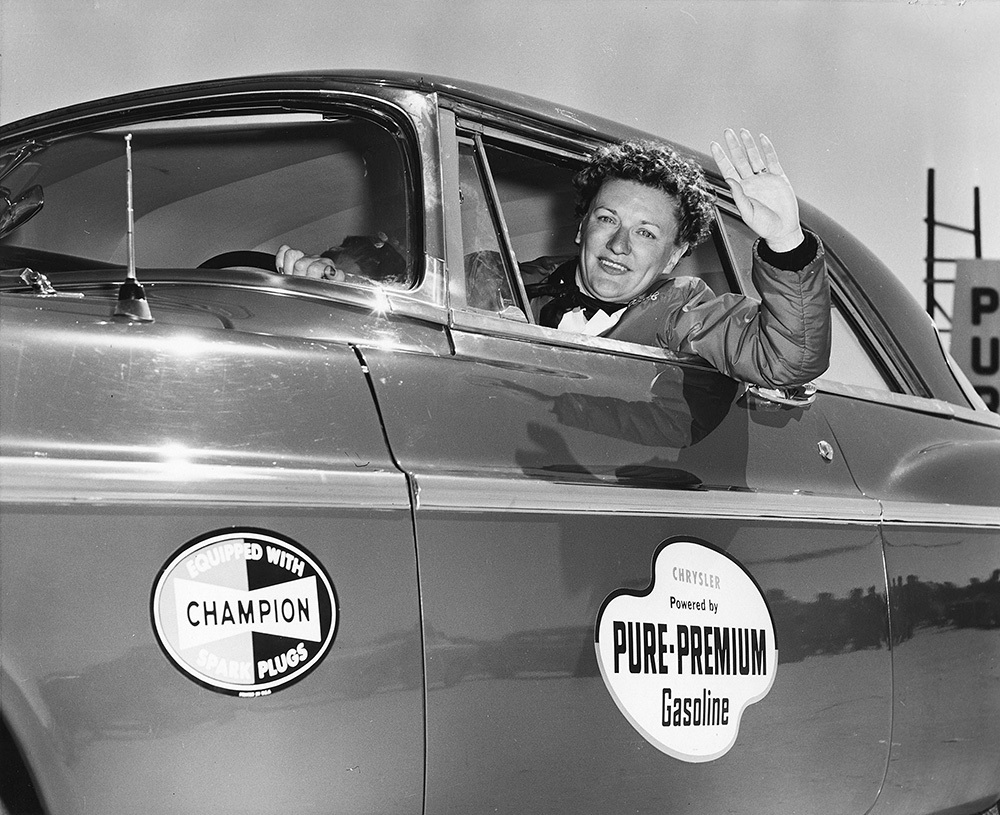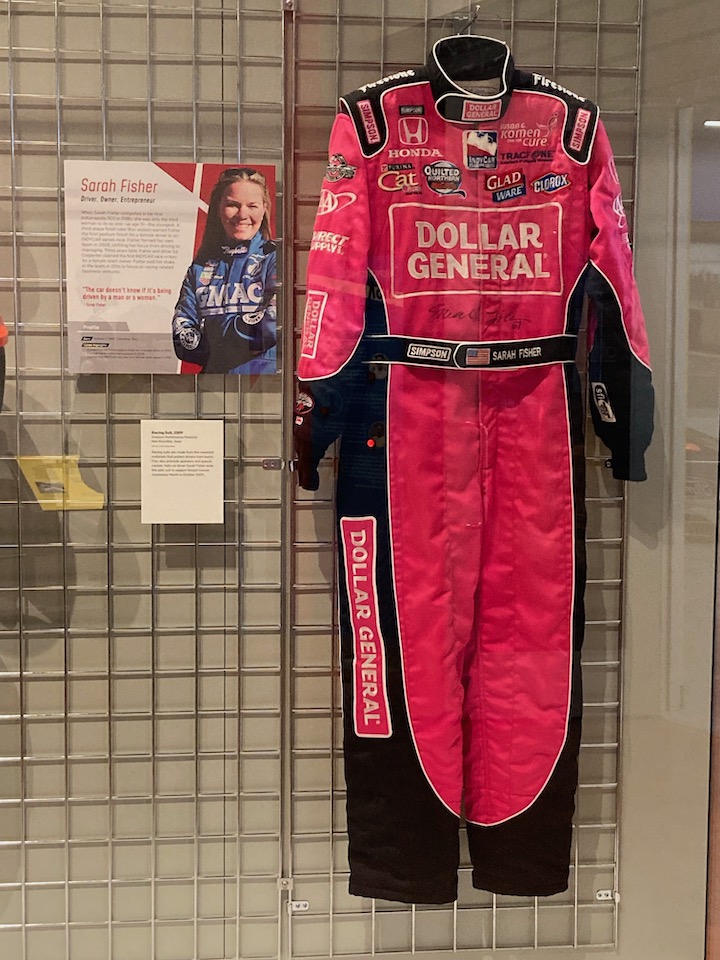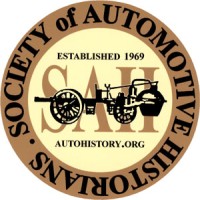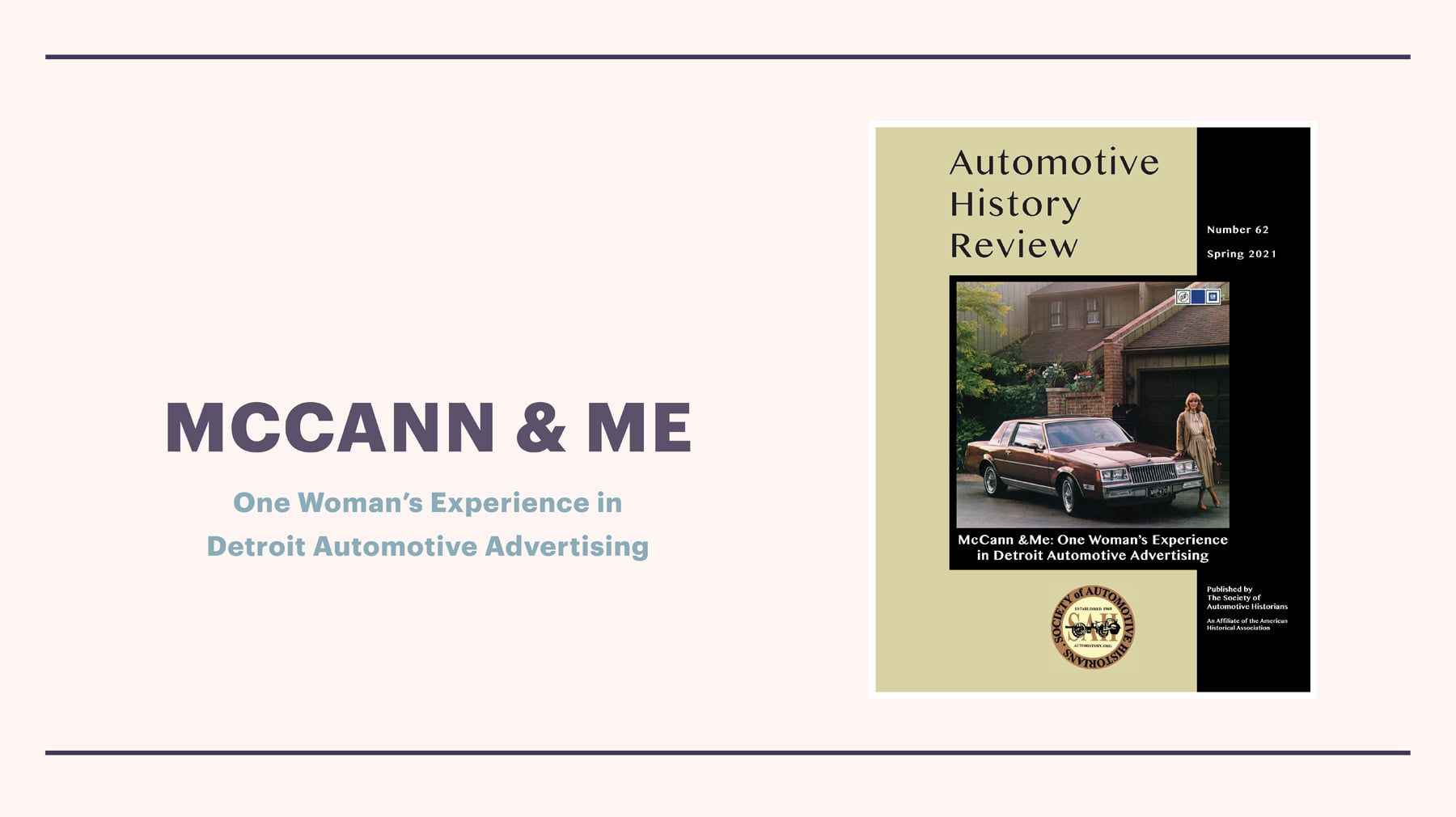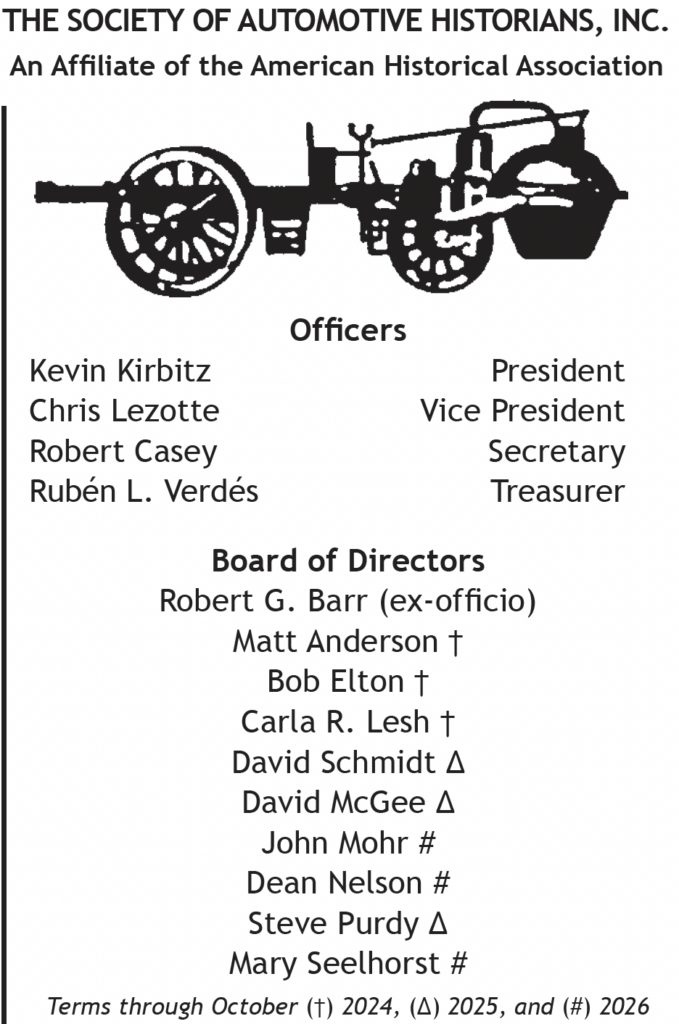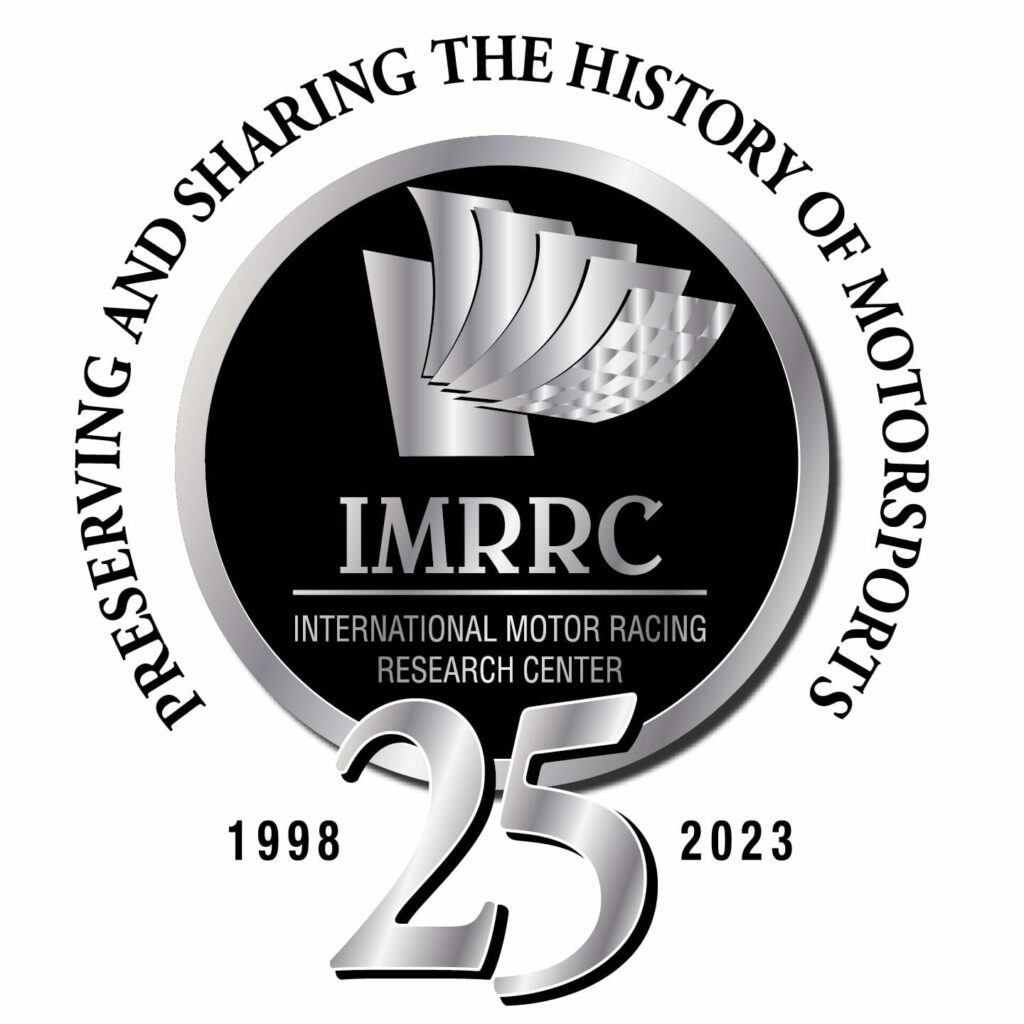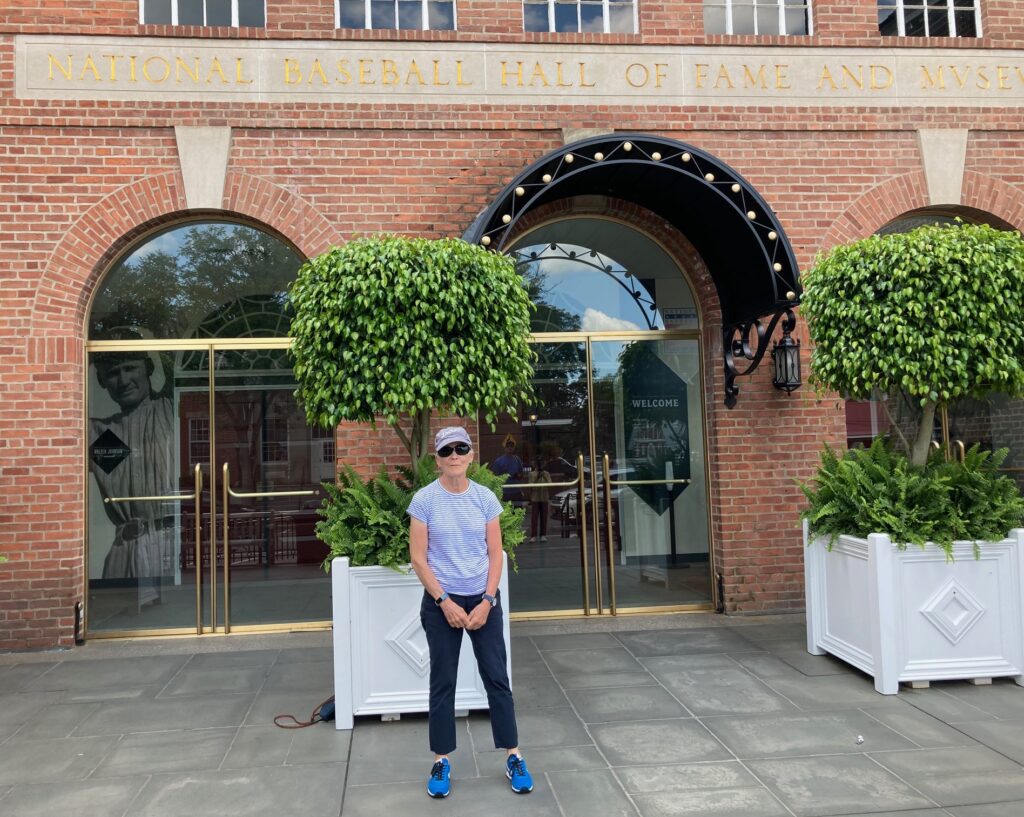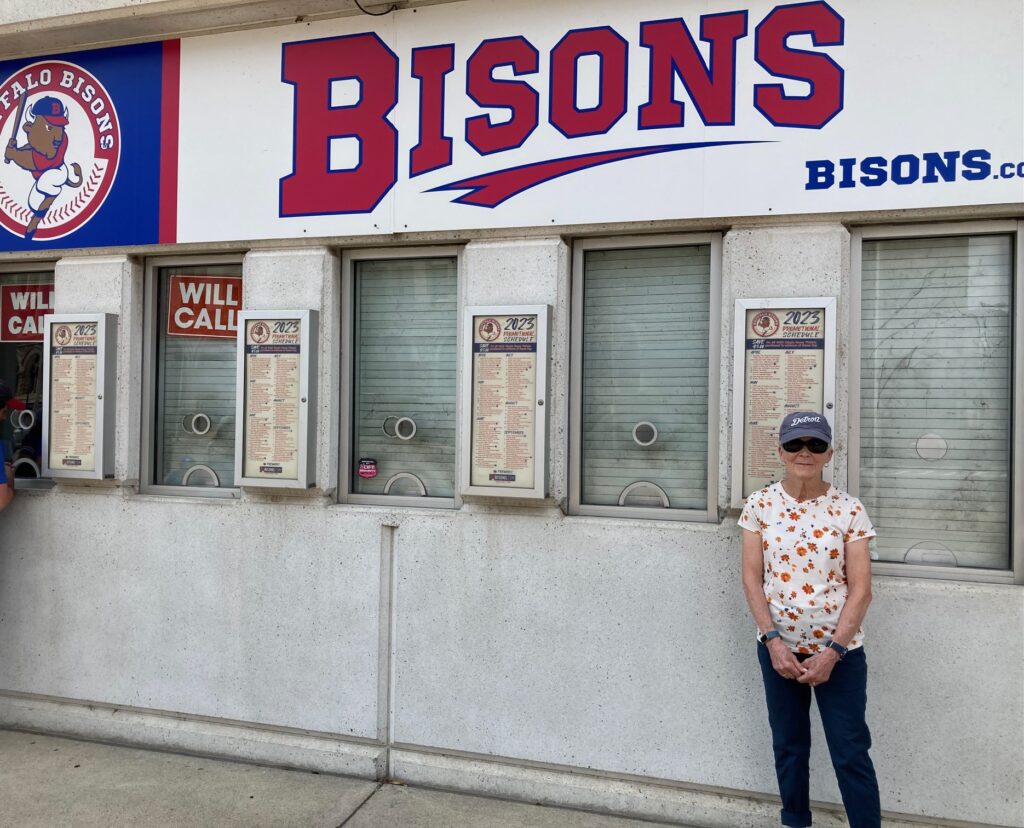As someone who has been immersed in car culture from a young age, I have visited a fair number of automotive museums. However as I became increasingly focused on the women-car relationship in my research, my car museum experiences became more analytical, particularly when considered through the lens of gender. As I made my way through the rows and rows of automobiles, and numerous historical displays that poured accolades on the great white men of the automotive industry, I continually asked myself, ‘where are the women?’ This question served as the impetus for my current project: an examination of women’s representation in museums devoted to the automobile.
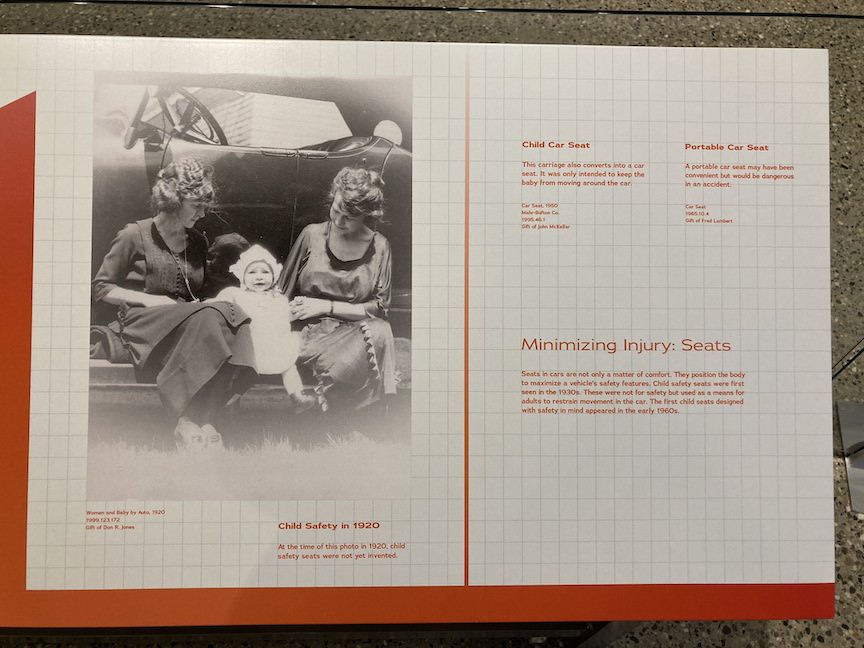
Women are almost absent from the motoring story presented in museums. As Jennifer Clark writes, ‘the motor vehicle is still seen as an object of male interest and is mostly displayed with that perspective foremost’ (286). Yet the reason for this absence is not due to lack of female automotive participation but rather the value placed on women’s automotive roles by male automotive institutions. Women’s relationship with cars, and female participation in car culture, differs considerably from that of men. Because of that difference, women’s engagement with cars – more social than technical – is regarded as less worthy of attention by the male museum establishment. As Clark argues, ‘women need to be rediscovered in the motoring story – and with them, the stories of families, holidays, personal independence, social and economic change’ (286). The themes I developed in this project draw attention to the numerous and varied roles women have occupied throughout automotive history. While I considered both the exceptional and famous women in a previous blog, there are other roles that emerged from my examination of a dozen museums that are of equal, if not greater, significance.
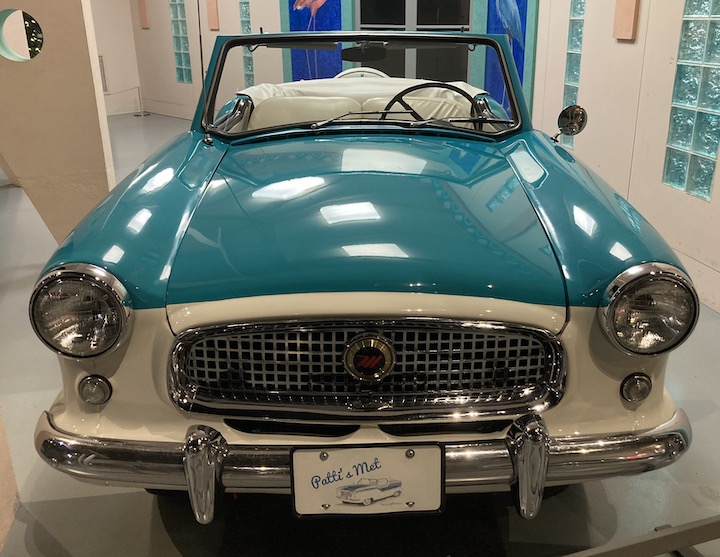
Storytellers
The automobiles which line the halls of car museums are often accompanied by placards that provide information on the model, year, and the donor. Often these cards are accompanied by a bit of history regarding the individual who owned the car and how the vehicle arrived at the museum. While the number of cars donated by women is small, the stories they tell reveal women’s relationships, driving histories, and love of automobiles. A 1940 Mercury on display at the AACA museum was donated by the owner’s daughter, who wrote, ‘This car is special to me because it was part of my father’s collection that he loved so much.’ A Berkshire Green and white 1961 Nash was a surprise Christmas present for a woman who had expressed admiration for Metropolitans while at a car show. The restored vehicle sports a front license plate with the words ‘Patti’s Met.’ A bright blue 1950 Nash Statesman Super Airflyte at the Wisconsin museum was purchased by a woman with the goal of learning to drive. Despite the woman’s good intentions, however, that never came to pass; the car sits on the museum floor with just 61 original miles.
While narratives regarding men and their machines are commonplace, the stories that accompany vehicles call attention to the hidden relationships forged between women and their cars. Whether a connection to an absent parent, fulfillment of a lifelong dream, or a project of good intentions, the origin stories suggest there is are histories of women’s automotive interest and love for cars worth investigating.
Symbols
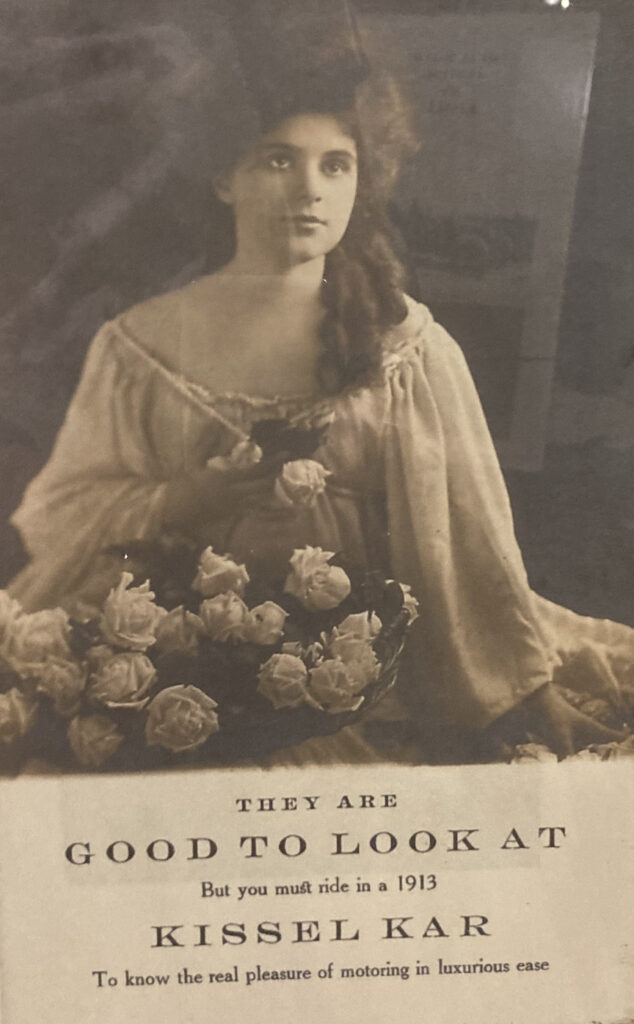
Much of women’s presence in automotive museums is found in advertising and promotional materials. Luxury brands in particular often relied on female imagery to lend sophistication, glamor, and elegance to their automobiles. Using female imagery to sell automobiles is a long standing practice; as evidenced by museum materials such selling tactics began as soon as women took the wheel. Women in early automotive advertising were also called upon to demonstrate qualities of the automobile believed to be important to the female driver, especially cleanliness, quiet, safety, and ease of operation. The Wisconsin Automotive Museum includes a selection of postcards that conflate female characteristics with the 1913 Kissel. Accompanying photos of winsome women employ headlines such as ‘They are good to look at’ to entice potential Kissel buyers.
The museums also call upon larger than life photographs of women as backdrops to the automobiles on display. These images are often accompanied by mannequins costumed in the latest fashion. Such imagery not only provides a historical context for the vehicle, but also equates the physical automobile with a certain level of success and class.
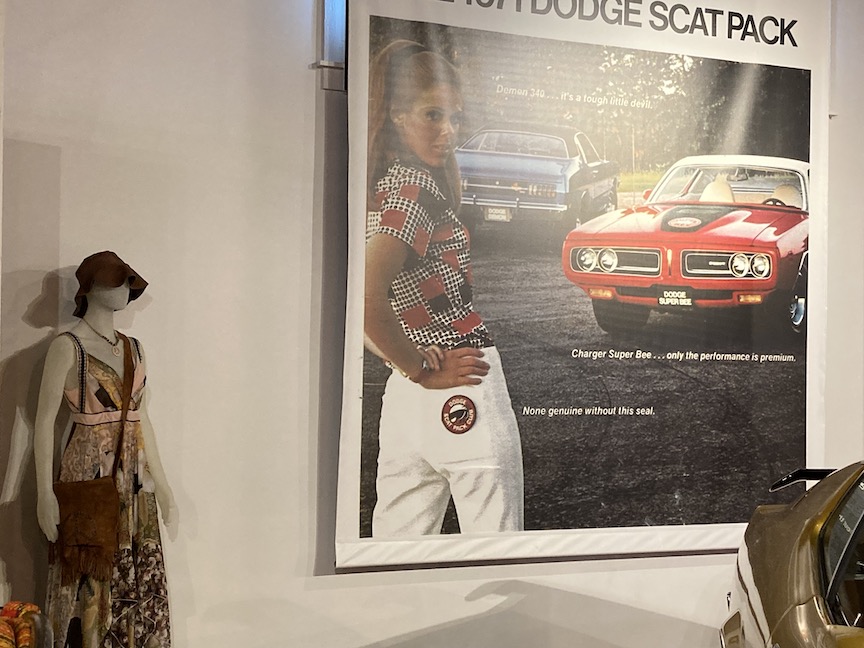
Stereotypes
Stereotypes of the woman driver have existed since women first got behind the wheel of the automobile. Not only has women’s driving behavior served as a source of criticism and humor, but women have also been sexualized as a means to sell product. Items in the museums often reflect the stereotypical ways women have been portrayed throughout automotive history. This is most evident in advertising, where women – due to their presumed lack of automotive acumen – are called upon to promote easy-to-operate vehicles, directed toward family rather than performance cars [because women’s place is in the home], and have bodies called upon as promotional tools. Women driver stereotypes, as it turns outs, are also reflected in the naming of particular automotive features. One of the more interesting options on some of the early Fords was the ‘mother-in-law’ seat, a fold-down, single-person rumble seat in the rear. The commonly used term for this feature no doubt reflects some of the ‘back seat driver’ stereotypes of the time. Such automotive features were also a part of museum tours. For example, according to a [male] guide at the Piquette Plant, women were attracted to the 1907 Model R Runabout for its extensive ‘bling’; to the 1911 Brush Runabout for its easy ride and affordability; and the electric car for its high roof [to accommodate women’s hats], and its extensive use of glass [so that women could be ‘seen’]. While the majority of museum references to women were positive, the negative representations demonstrate that stereotypes regarding women and cars have, and continue, to exist.

While these categories offer new ways to consider women’s role in automotive history, they are only a few of the many I was able to discern from the ‘almost absent’ museum artifacts. What these and other roles suggest is that women’s contributions to automotive history and car culture are greater and more varied than previously imagined.
Clark, Jennifer. ‘Peopling the Public History of Motoring: Men, Machines, and Museums.’ Curator The Museum Journal Vol 56 Number 2, April 2013, 279-287.
